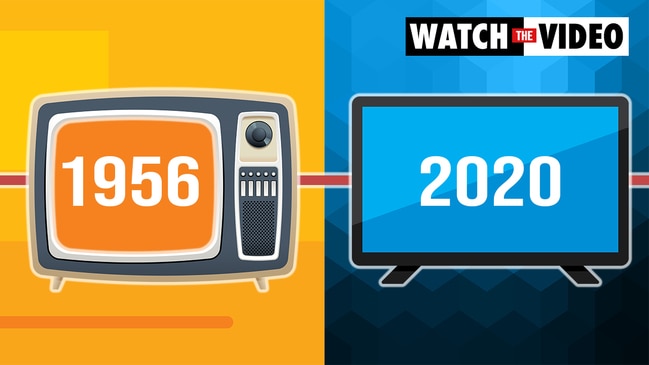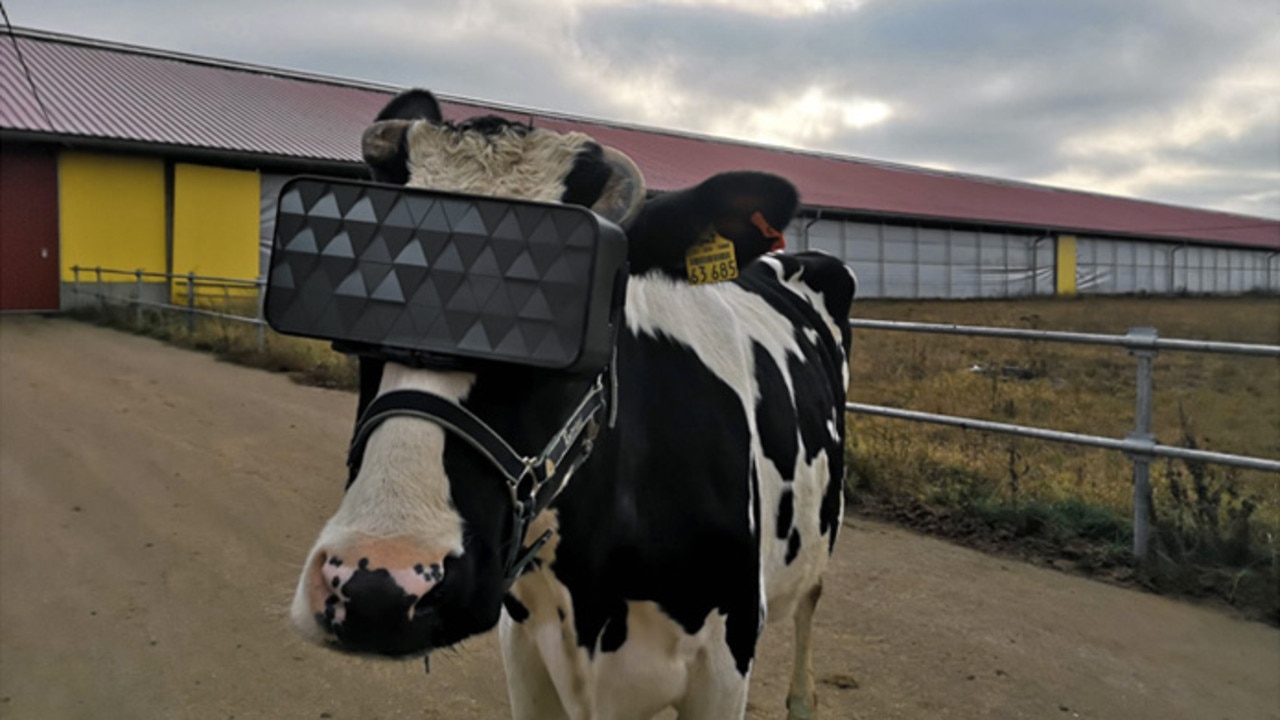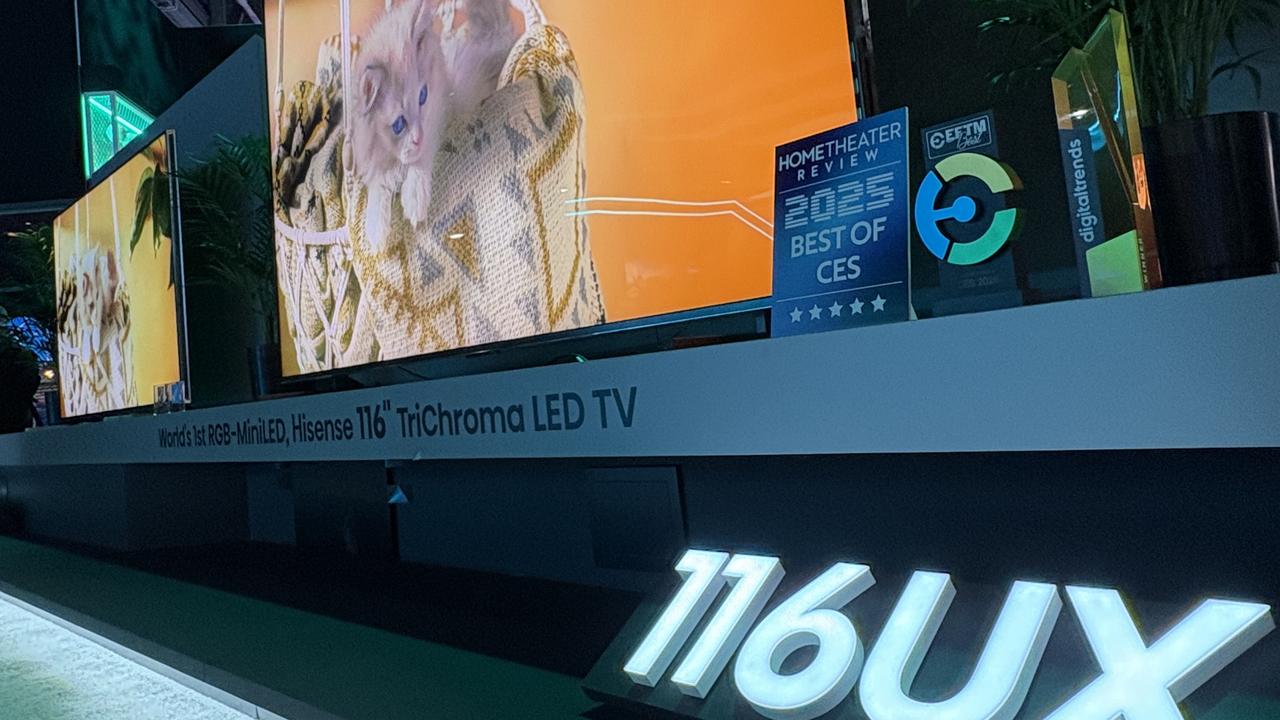Netflix, Disney+ speeds could double due to Fraunhofer H.266 codec
A “quantum leap” in the way video is sent over the internet could cut the amount of data required to stream Netflix in half.

A new way of streaming video could drastically improve the speed of services like Netflix and Disney+ and halve the amount of data they use.
Every time you watch a video or listen to a song on your phone or computer it relies on what’s known as a “codec”.
Basically a codec takes the data stream of a piece of content and compresses or decompresses it.
Some do a better job than others, with lossless codecs preserving quality at the expense of file size, and “lousy” codecs doing (you guessed it) the opposite.
The goal of a codec is to provide the best possible quality at the lowest possible bitrate.
Examples of codecs you might be familiar with include the JPEG for images, MP3 for audio, and MPEG-4 for video.
RELATED: Why Aussies get a great Netflix deal

RELATED: Five of the best movies to add to your Binge list
Currently, the most common video codec is called H.264/AVC (Advanced Video Coding), in part developed by a German company called Fraunhofer (which also contributed to the MP3 and H.265).
Fraunhofer has just announced H.266/VVC (Versatile Video Coding).
The new codec is described as “the pinnacle of (at least) four generations of international standards for video coding” by its developers, who claim it can provide the same video quality as the previous standard at half the bitrate.
This means that something like a 4K UHD movie that used to require 10 gigabytes of data to stream will now only require 5.
The rise of streaming video on-demand platforms have greatly increased the amount of data being sent over the internet, and according to Fraunhofer, compressed video content now makes up 80 per cent of all internet traffic around the world.
It’s hoped the new codec will increase the viability and availability of 4K and even 8K content, while also allowing things like high dynamic range video and omnidirectional 360-degree video that facilitates virtual reality applications.
Most exciting for television manufacturers is that the new codec could make their super expensive 8K screens actually worth buying.
The new codec will also make transmitting data over mobile networks with lower capacities more efficient.
RELATED: Big change coming to cinemas

RELATED: Netflix fix most annoying feature
In March we saw first-hand the importance of capacity, as the NBN Co was forced to provide 40 per cent more to telcos free of charge to cope with an increase in people working from home during pandemic lockdowns, as well as people staying in and streaming video.
“After dedicating almost three years toward this standard, we are proud to have been instrumental in developing H.266/VVC,” Fraunhofer’s head of video coding systems Benjamin Bross said.
Mr Bross was also behind the mammoth task of editing more than 500 pages that make up the standards specification for H.266.
He said the increased efficiency of the new codec will make it even easier to stream video around the world and could open up more potential uses.
“Because of the quantum leap in coding efficiency offered by H.266/VVC, the use of video will increase further worldwide. Moreover, the increased versatility of H.266/VVC makes its use more attractive for a broader range of applications related to the transmission and storage of video,” Mr Bross said.

But the change won’t come in overnight.
Fraunhofer said the processors required for H. 266 are currently being designed to be placed into mobile devices, and it probably won’t be supported on the devices you have now.
The company said it will publish the first software required to code and decode in H. 266 in the coming months, and is working towards establishing a “fair, reasonable and non-discriminatory” licensing model for the patents of the codec.
Streaming platforms like Netflix will also have to implement the codecs on their end, but there is a chance they might not.
Because they have to pay royalties to use codecs, Netflix announced in 2015 it would team up with Amazon and Google among others to developed a royalty-free codec that would free them from the licensing commitments.
This would mean Netflix, Amazon’s Prime Video and Twitch platforms, and Google’s YouTube would be able to transmit data without paying for the licensing fees of the codec.
That codec is called AV1 and was announced in 2018, but didn’t start being used by Netflix until February this year, and only for users on Android phones who turned the feature on themselves.
While avoiding the licensing fees is an attractive financial incentive for the companies to use their developed codec, currently it looks like the H. 266 codec is far superior, and they may be forced to just keep paying for it.



